In Oxfordshire, current infrastructure and network cannot accommodate the high volumes of cars, causing traffic congestion. Despite that fact, there seems to be a lack of alternative options that are affordable, with e-bikes and walking being also hampered due to poor infrastructure. As a response to these issues, Oxfordshire came up with three prototype solutions, from offering demand-responsive-transport services to supermarkets and awareness-raising activities, to helping people get acquainted with mobile applications for mobility services.
In the end, Oxfordshire moved forward with the demand-responsive transport services. More concretely, Cities-4-People powered two types of services in Oxfordshire.
- Barton Shopper Service

As the name indicates, this service moves people from Barton – a place known as a food desert – to supermarkets. The service is built on the lessons-learnt from the first round of prototyping, incorporating the most desirable supermarkets (Aldi and Tesco) at the most desirable time: Monday mornings. Two district minibuses pick-up passengers from the
Barton Neighbourhood Center and leaves them at the respective supermarkets for 1 hour to 1 hour and 15 minutes. Passengers are then returned to their doorstep in Barton with their shopping.
- Thornhill Connector
Thornhill connector is an expanding the idea of demand-responsive transport to link Barton with the peripheral villages of Stanton St John, Beckley, Forest Hill, and Horton cum Studley. All these destinations were identified at hackday and prototyping events and include Asda (affordable supermarket), Morland House Surgery (doctor’s office), and Thornhill Park & Ride (transport hub with connections to Oxford city, hospitals, and London). This hybrid service gave passengers a reasonable time to shop/visit the doctor: 1 and 1.75 hours, while giving passengers going to the Thornhill Park & Ride enough time to transfer to their ultimate destinations: 2.5 to 4.25 hours.
Results have shown that out of the roughly 200 people who took the journeys on the service, 87,75% were female, 12,25 male, and approximately 25% were facing disabilities. Also, and importantly, results show that there is an increasing popularity for such services, with the Oxfordshire’s county council organising stakeholder meetings to investigate how they can maintain service continuity.
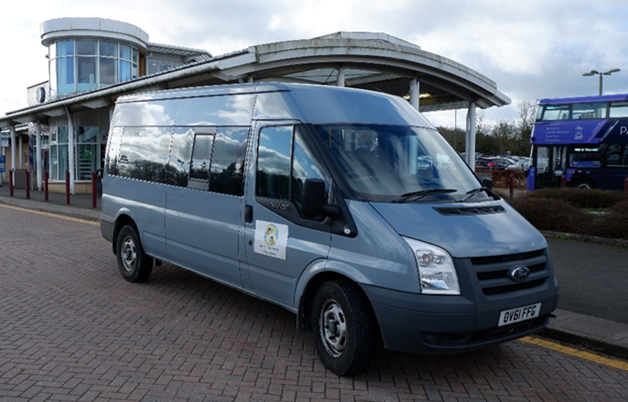

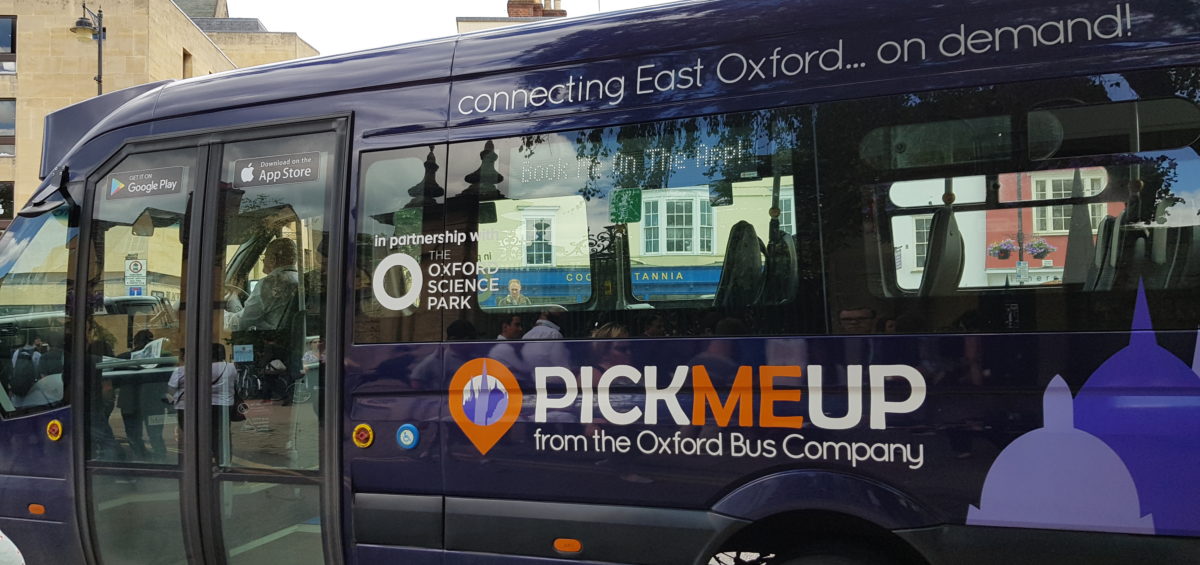









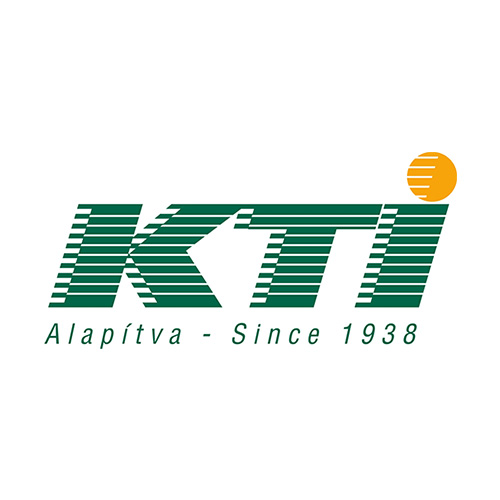
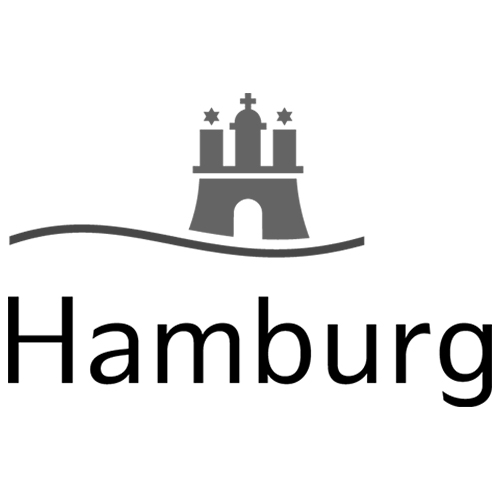
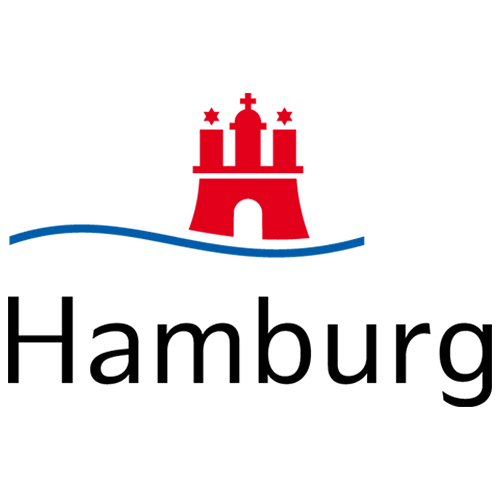





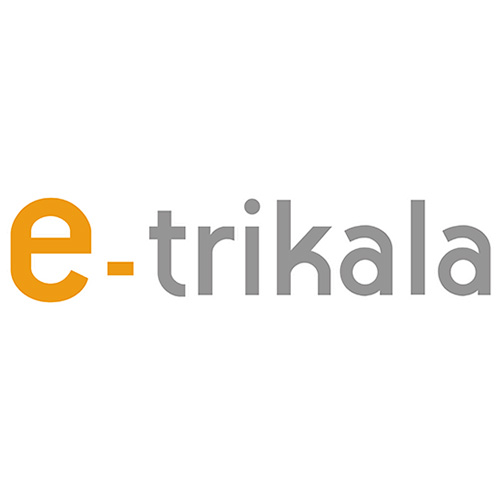








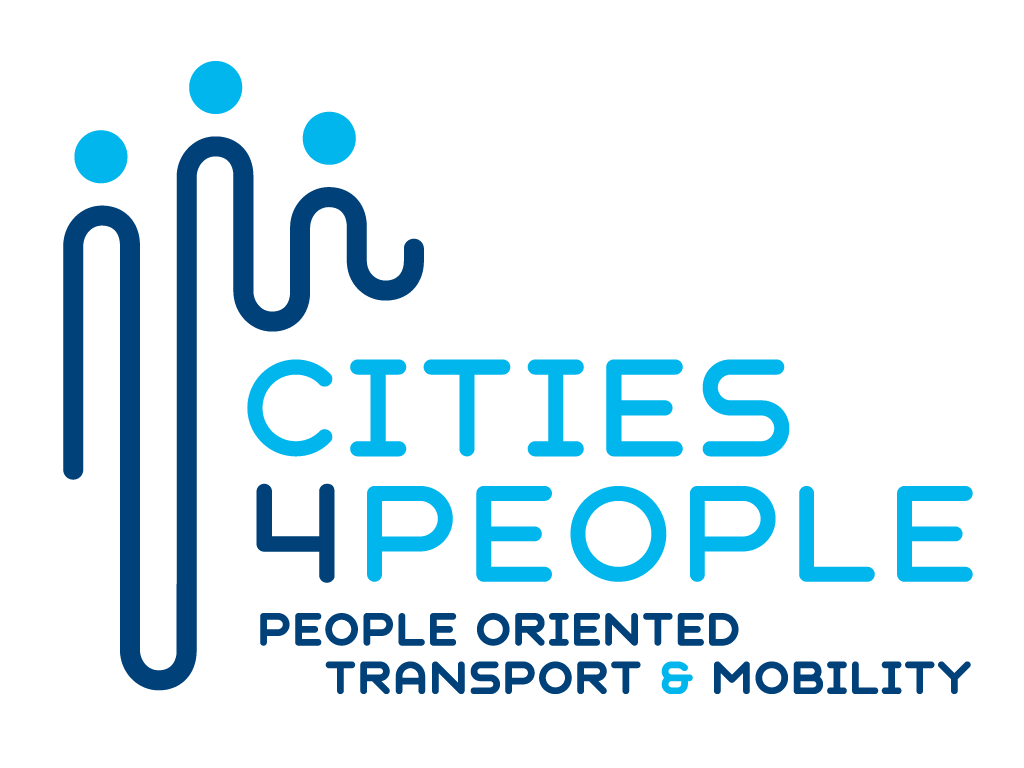
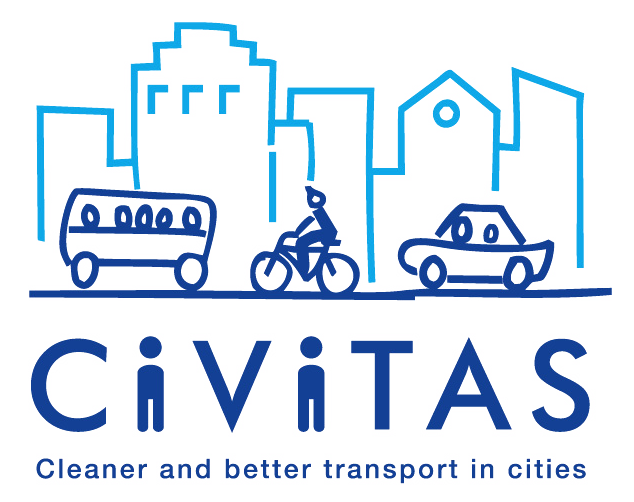


 English
English Magyar
Magyar Deutsch
Deutsch Turkish
Turkish